Thousands of planets – but is there life out there?
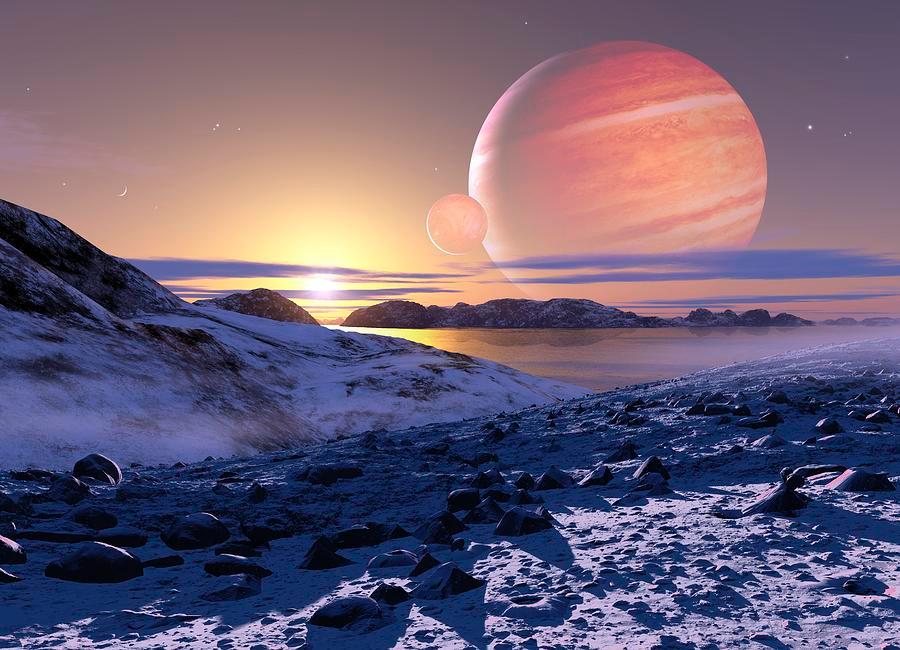
On October 6, 1995, Michel Mayor and Didier Quéloz of the Geneva Observatory announced the discovery of the first planet orbiting a star other than our sun. Twenty years on, the catalogue of extrasolar planets, or exoplanets, is still growing; around 2,000 have been detected to date. No traces of life have yet been found, but what exactly are we looking for: little green men, or bacteria?
Some have compared the breakthrough by the two Swiss scientists to Columbus’ discovery of America; the only difference is that no one is likely to set foot on one of these exotic worlds in the near future. In any case, most of them are more akin to Dante’s hell than any kind of Promised Land.
The confirmation that the universe is teeming with planets (and not just stars, where all life is impossible) opened up a phenomenally rich new field of scientific research. The resources that observatories and space agencies are devoting to exoplanetary discovery show clearly that this is now the great quest, not only in astrophysics, but also in chemistry, biology, and even philosophy – the ultimate Grail would be proving that we are not alone in the immensity of space.
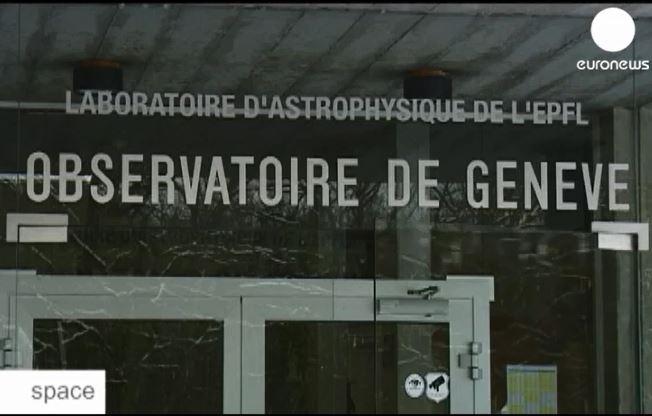
More
In search of worlds outside our Solar System
The same cards dealt everywhere
The laws of physics are universalExternal link. The 12 fundamental particles and the four forces that make up matter and govern its interactions are the same on Earth as everywhere else in the cosmos. All telescopic observation and laboratory experiments for over a century have confirmed this. If we consider atoms and molecules, the basic components of chemistry and biology, we have every reason to believe that their behaviour and tendency to link up are universal. Nor should we forget that the main elements that make up our bodies, the water we drink, the air we breathe and the ground we walk on – hydrogen, carbon, oxygen, nitrogen, silicon and iron – are all among the ten most abundant in the universe.
If these ingredients have managed to combine to make us, why shouldn’t this have happened on one of the other hundreds of billions of planets dotting our galaxy – which is itself just one among billions of galaxies?
Water’s vital role
The recent announcement by NASA that water still flows on MarsExternal link (we already knew that the red planet had large quantities of water in its youth) has once again generated much excitement about the possibility of extraterrestrial life. In our solar system, Europa and Ganymede (satellites of Jupiter), and probably Enceladus (a satellite of Saturn), conceal huge oceans under thick layers of ice. And everyone reckons that life – at least as we know it – can only appear where there is water.
“The water molecule is unique,” explains geologist Beda Hofmann of the University of Bern.
“It enables the transport of numerous organic and inorganic substances that are necessary for life, such as phosphorous and nitrogen. There has been much speculation about whether other liquid media could favour the appearance of life, but so far no one has been able to prove that a biochemical variety such as that observed in water is possible in other liquids,” says the scientist, who tracks down prebiotic molecules on meteorites that he finds in the deserts of Arabia.
Prebiotic molecules – large carbon- and hydrogen-based molecules – are the building blocks of living matter. The fact that they are found on meteorites proves that they can form in the cold vacuum of space. But we are not yet talking about life. “There is a huge gap between the most elaborate prebiotic molecule and the simplest living cell. All we can see on meteorites are attempts by nature to put five or ten bricks together, but we are far from having a house,” explains Hofmann.
Thus, the basic ingredients of life are in fact very common: bricks that nature can produce almost everywhere, water that we have a good chance of finding on many planets, and energy generously provided by so many stars.
Volcanoes are necessary too
Hofmann says that chemistry has a tendency to progress towards ever more complicated organic molecules. “I would therefore be very surprised if Earth were the only place in the universe where life had appeared,” he says. “At least microbial life. But as for intelligent life, that’s another story…”
Astrophysicist André Maeder of the Geneva Observatory shares this belief. In a book published in 2012, provocatively titled “The Only Inhabited Planet?”, he maps out around 80 necessary conditions for the birth and development of life, up to the stage known on Earth. Some of the conditions are well known – like the best distance between a planet and its star to guarantee the right temperature for water to remain liquid – while others are rather unexpected.
For example, as he explains: “Everyone is aware of the dangers of volcanoes. Yet they are essential for life on Earth. Without volcanoes, there would be too little CO2 in the atmosphere, and so less greenhouse effect, and our planet would be a ball of ice.”
The life and death of civilisations
While denying that he is a “pessimist”, Maeder is nonetheless convinced that there are simply far more chances of finding bacteria than a civilisation. A civilisation needs time and stability in order to develop. Stability is another of Earth’s privileges; the presence of a colossus like Jupiter protects it from asteroid impacts. Without the giant planet that catches these “pebbles” our world would have risked being struck by an obliterating asteroid (like the one that killed off the dinosaurs) every hundred or so years.
There is also the matter of the distances involved: looking far into space means looking back in time. A star that is 2,000 light years away appears to us as it was during the lifetime of Christ. If a civilisation exists on one of these planets, would we not be too early – or too late – to detect it?
“No one knows how long a technological civilisation like ours can last,” says Maeder. “It is absolutely clear that the growth we all strive for is not possible indefinitely, unless we manage to recycle our resources almost completely. We cannot maintain growth over 100,000 years, not even by a tenth of a percent, because we will use everything up.”
More bluntly, Hofmann questions whether intelligent life really is the culmination of evolution. “Maybe it will disappear after a while. This will depend on whether intelligence turns out to be a success story. And it’s evolution that will tell.”
Hofmann says he can envisage Earth in a million years free of men, but not of life.

More
Billions of worlds to discover
The search continues
Since the 1995 discovery of 51 PegasiExternal link by Michel Mayor and Didier Quéloz, around 2,000 exoplanets have been found for certain. In 2015, a new exoplanet is discovered nearly every three days.
How is this done? As the above film explains, there are two main methods of detection: radial velocityExternal link and transitsExternal link. The first uses fixed telescopes on Earth, which are connected to spectrometres that dissect starlight. With its two HARPSExternal link (installed in Chile and the Canary Islands), the Geneva Observatory has the most precise instruments in the world. For 20 years, the teams of Michel Mayor and his successors have been clear leaders in the race for exoplanets. The second method (transits) relies primarily on two space telescopes: the European CorotExternal link and the American KeplerExternal link.
In 2017, the European Space Agency will launch CHEOPSExternal link, a small Swiss space telescope, which will try to detect the movements of planets that have already been identified thanks to radial velocity. The European Space Agency, which had to give up on its ambitious DarwinExternal link project, will be working with Americans and Canadians on the forthcoming James WebbExternal link space telescope, which is due to succeed the Hubble telescopeExternal link in 2018.

In compliance with the JTI standards
More: SWI swissinfo.ch certified by the Journalism Trust Initiative










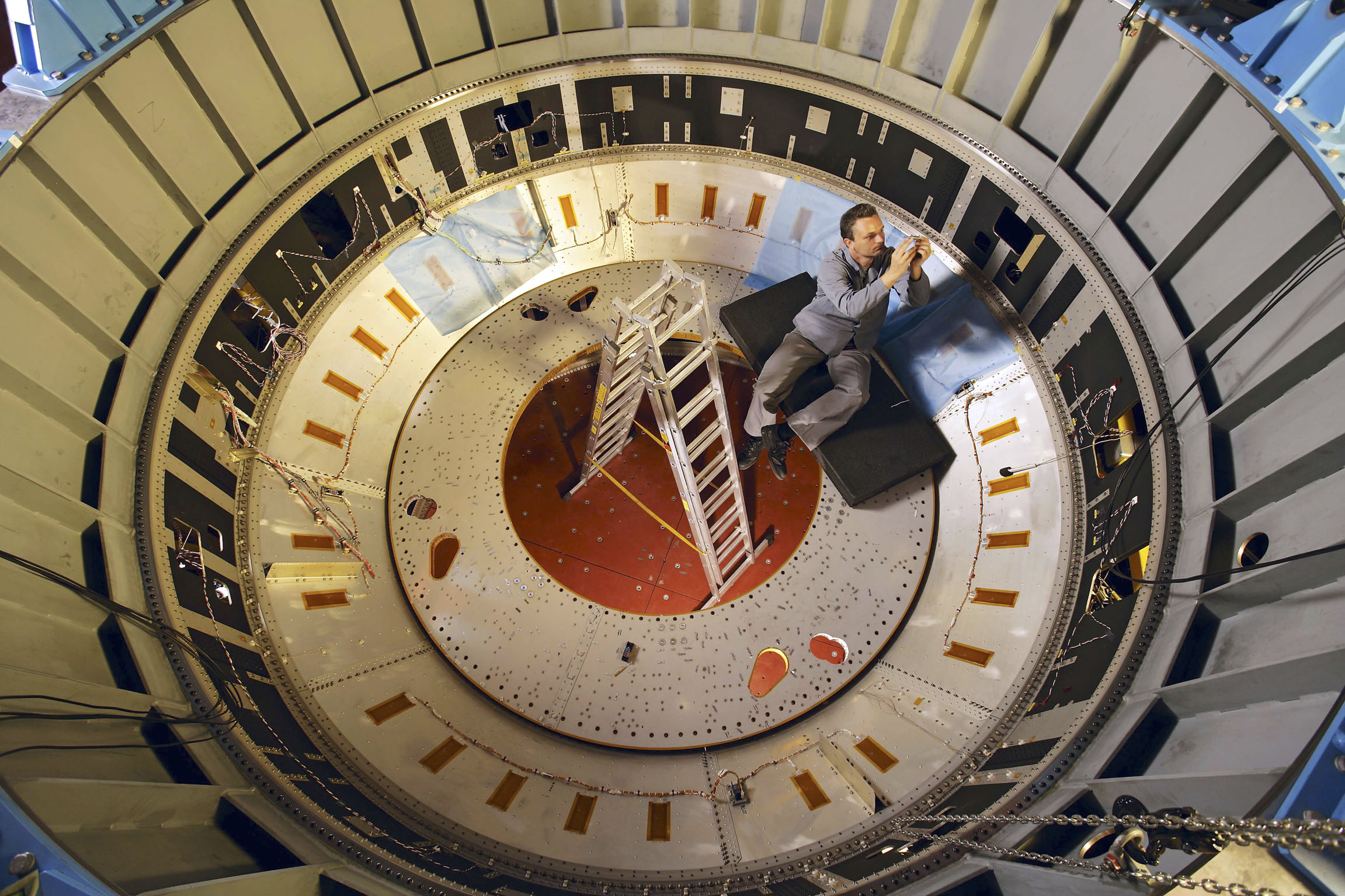
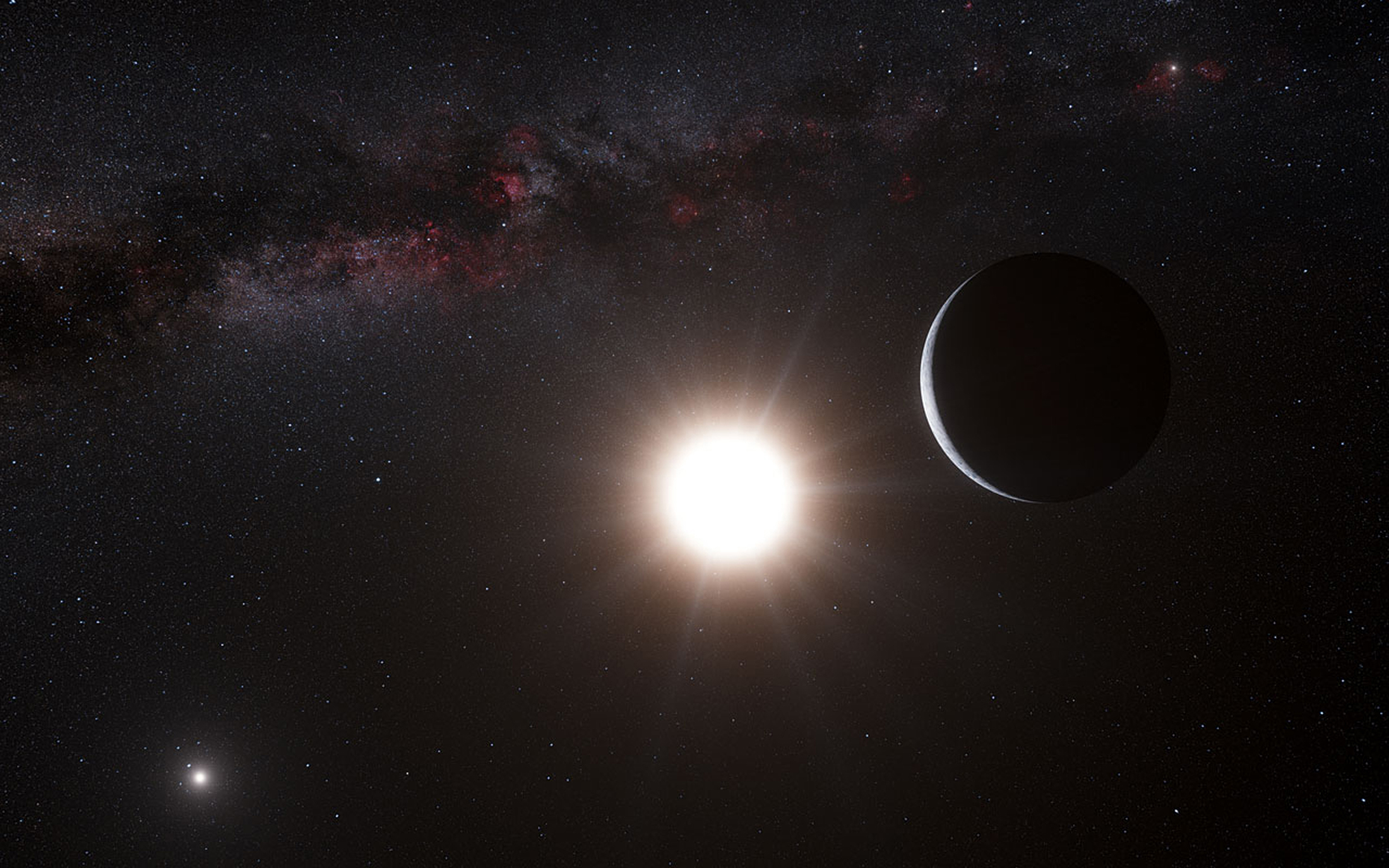
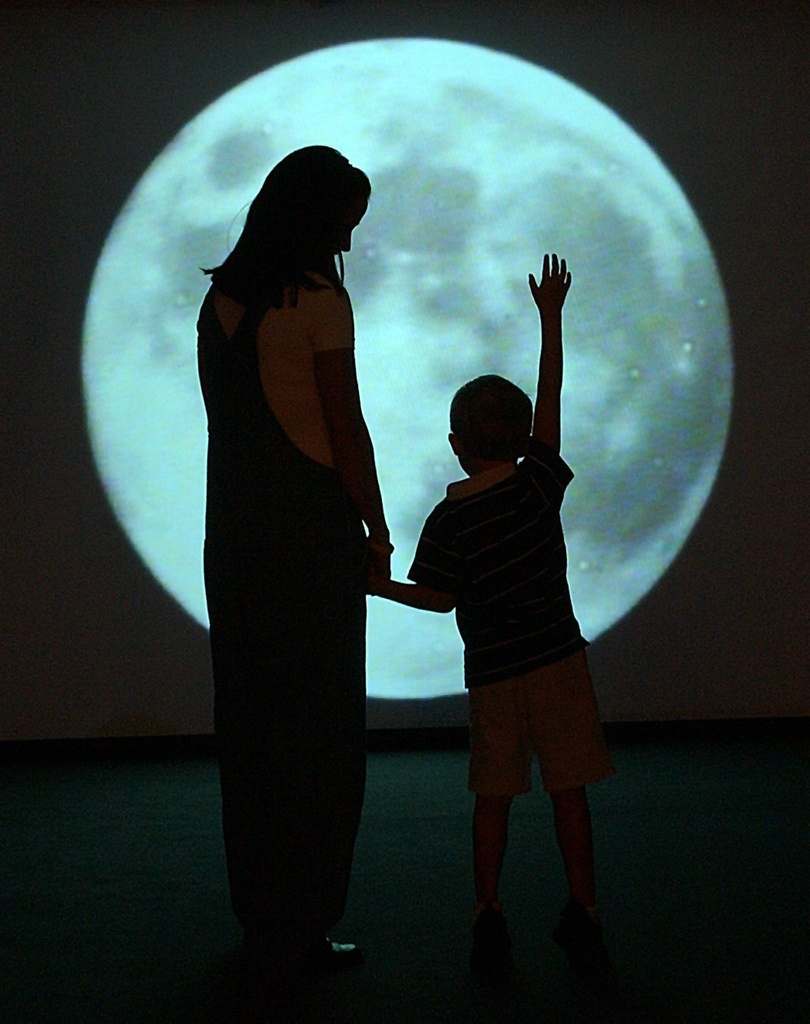
You can find an overview of ongoing debates with our journalists here . Please join us!
If you want to start a conversation about a topic raised in this article or want to report factual errors, email us at english@swissinfo.ch.